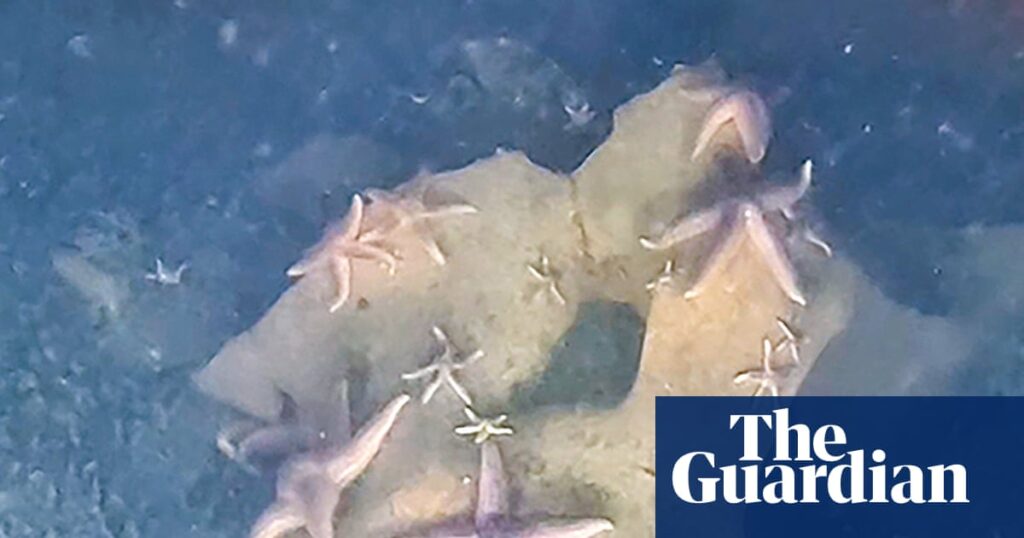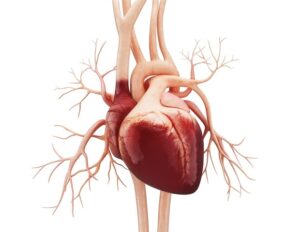
In the brackish waters off the German coast, a forgotten arsenal of Nazi bombs, torpedo heads, and mines lies scattered across the seafloor of the Bay of Lübeck. Discarded at the end of World War II, these munitions have formed a rusting carpet on the shallow, muddy seabed of the western tip of the Baltic Sea. Over the decades, they have become a surprising haven for marine life.
The discovery of this underwater ecosystem was made by scientists from the Senckenberg Research Institute in Frankfurt am Main, led by Andrey Vedenin. Initially expecting a barren, poisoned landscape, the researchers were astonished to find a thriving community of sea creatures. “It was a great moment,” Vedenin recalls, describing the team’s excitement when the first images were transmitted back from their submersible.
A Surprising Underwater Metropolis
Thousands of sea creatures have made their homes amid the decaying munitions, creating a regenerated ecosystem more populous than the surrounding seafloor. “It is actually astonishing how much life we find in places that are supposed to be toxic and dangerous,” Vedenin notes. The team observed starfish, fish, crabs, sea anemones, and mussels living on and around the munitions.
More than 40,000 animals were living on every square meter of the munitions, compared to just 8,000 in the surrounding area.
This unexpected bloom of life challenges conventional views about marine ecosystems and their resilience. “Things that are meant to kill everything are attracting so much life,” Vedenin points out, highlighting the adaptability of nature in the aftermath of catastrophic events like World War II.
Repurposing Human Debris for Marine Life
The phenomenon observed in the Bay of Lübeck is not unique. Around the world, artificial structures such as shipwrecks, offshore wind farms, oil rigs, and pipelines have provided new habitats for marine life. In the U.S., decommissioned oil and gas structures have been transformed into coral reefs under the Rigs-to-Reefs program, which encourages leaving stable structures underwater for environmental benefits.
Before the war, the Baltic Sea was rich with boulders and rocky outcrops, but many were removed for construction. The munitions, now serving as a substitute habitat, demonstrate how human-made debris can inadvertently benefit marine ecosystems. “These places essentially act as protected areas,” Vedenin explains, noting that human activities like fishing and trawling are often prohibited around such sites.
The Future of Munitions and Marine Ecosystems
Between 1946 and 1948, an estimated 1.6 million tonnes of arms were dumped off the German coast. The locations of these munitions are poorly documented, posing risks of explosion and toxic chemical release. In the 1990s, academics began warning about these dangers, leading to increased pressure to remove the weaponry for safety and to make way for offshore infrastructure.
As efforts to remove these relics commence, scientists like Vedenin hope to protect the ecosystems that have formed around them. In the Bay of Lübeck, munitions are already being extracted, and Vedenin suggests replacing them with safer structures, such as concrete, to maintain the habitat. “We should replace these metal carcasses left from munitions with some safer, non-dangerous objects,” he advocates.
The findings in Lübeck could set a precedent for similar actions elsewhere, demonstrating that even the most destructive remnants of war can become scaffolding for new life. As the world continues to grapple with the legacy of past conflicts, the intersection of human history and natural resilience offers a compelling narrative of adaptation and renewal.







